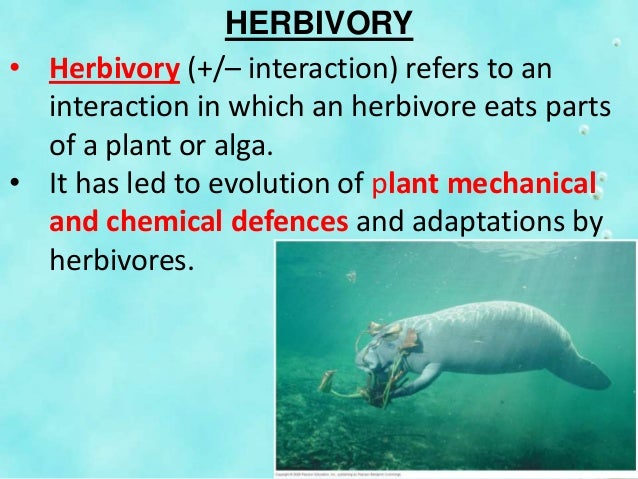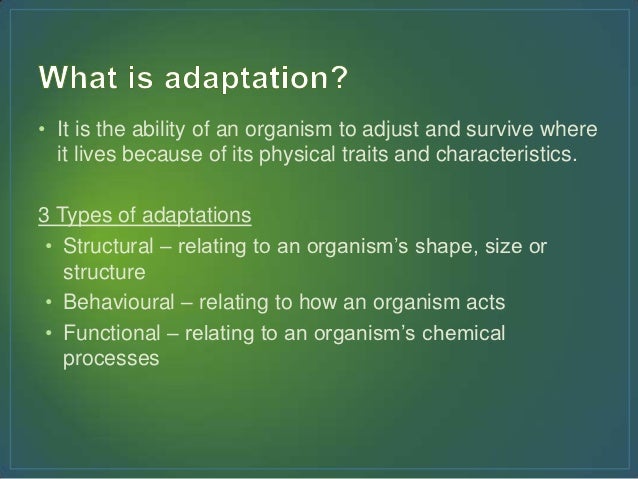Chemical defense in animals examples information
Home » Trend » Chemical defense in animals examples informationYour Chemical defense in animals examples images are ready in this website. Chemical defense in animals examples are a topic that is being searched for and liked by netizens today. You can Download the Chemical defense in animals examples files here. Download all royalty-free images.
If you’re looking for chemical defense in animals examples pictures information related to the chemical defense in animals examples keyword, you have pay a visit to the right blog. Our website always gives you hints for downloading the maximum quality video and image content, please kindly hunt and locate more informative video articles and images that match your interests.
Chemical Defense In Animals Examples. In contrast, many allomones which are used for defense and which are designed to disrupt the aggressor’s orientation over a longer period often form covalent bonds with the receptors. Chemical defenses of nonspecific innate immunity; Provides oil barrier protecting hair follicle pores from pathogens: Chemicals and enzymes in body fluids:
 Cayman Eco Beyond Cayman Climate change will transform From caymaneco.org
Cayman Eco Beyond Cayman Climate change will transform From caymaneco.org
Provides oil barrier protecting hair follicle pores from pathogens: Certainly, acutely toxic chemical defenses exist, for example cardenolides in monarch butterflies and tetrodotoxin in octopus and pufferfish. Within the animal kingdom, defensive chemicals are found extensively in invertebrates (e.g., arthropods and molluscs, terrestrial and marine), but vertebrates also possess chemical defense strategies. As well, chemical defenses are absent in entirely parasitic orders within classes (phthiraptera and siphonaptera in the class insecta, for example). Kills bacteria by attacking cell wall Chemical defenses of nonspecific innate immunity;
In contrast, many allomones which are used for defense and which are designed to disrupt the aggressor’s orientation over a longer period often form covalent bonds with the receptors.
With that caveat in mind, it is interesting to note that conspicuously abundant on the list of the chemically defenseless are phyla comprised exclusively of parasitic animals. Chemical defenses of nonspecific innate immunity; Now let’s learn about behavioral adaptations… Chemical defenses (like venom, ink, sprays) physical adaptation body coverings & parts (claws, beaks, feet, armor plates, skulls, teeth) physical adaptations the elephant’s trunk is a physical adaptation that helps it to clean itself, eat, drink, and to pick things up. Perhaps the most obvious is the cuticle. It is an example of a chemical mechanism of defense.
 Source: caymaneco.org
Source: caymaneco.org
In contrast, many allomones which are used for defense and which are designed to disrupt the aggressor’s orientation over a longer period often form covalent bonds with the receptors. Chemicals and enzymes in body fluids: However, if this fails to deter a potential attacker, they produce an odorous spray from anal glands that are located on each side of the anus. Defensive chemicals typically work in one of four ways: Kills bacteria by attacking cell wall
 Source: petrofilm.com
Source: petrofilm.com
Oleic acid from sebum and skin microbiota: In contrast, many allomones which are used for defense and which are designed to disrupt the aggressor’s orientation over a longer period often form covalent bonds with the receptors. Insects have had millions of years to evolve mechanical defenses. Warning calls can also be used by one animal species to trick another animal. For example, some harmless snakes have bright warning colors that resemble the colors of dangerously venomous snakes.
 Source: slideserve.com
Source: slideserve.com
Usually, this defense mechanism is a characteristic of an organism that is poisonous, stings, or is otherwise harmful. Insects have had millions of years to evolve mechanical defenses. Chemical defenses of nonspecific innate immunity; Oleic acid from sebum and skin microbiota: Chemicals and enzymes in body fluids:
 Source: caymaneco.org
Source: caymaneco.org
Provides oil barrier protecting hair follicle pores from pathogens: Animal defense by resshma and amanda camouflage the iguana uses its camouflage from predators hunting them down. Chemical defense is perhaps one of the most widespread antipredator strategies among living organisms, from plants and bacteria to animals. However, if this fails to deter a potential attacker, they produce an odorous spray from anal glands that are located on each side of the anus. Chemical defenses of nonspecific innate immunity;
 Source: slideshare.net
Source: slideshare.net
Chemical defense is perhaps one of the most widespread antipredator strategies among living organisms, from plants and bacteria to animals. Defensive chemicals typically work in one of four ways: Chemicals and enzymes in body fluids: Chemical defenses of nonspecific innate immunity; Within the animal kingdom, defensive chemicals are found extensively in invertebrates (e.g., arthropods and molluscs, terrestrial and marine), but vertebrates also possess chemical defense strategies.
 Source: flickr.com
Source: flickr.com
The plant may use this for defense mechanism also i.e. As well, chemical defenses are absent in entirely parasitic orders within classes (phthiraptera and siphonaptera in the class insecta, for example). Nettle plant has stinging hair, that injects formic acid, when touched by naked hands, that causes burning pain When threatened, skunks perform a visual warning. Warning calls can also be used by one animal species to trick another animal.
 Source: caymaneco.org
Source: caymaneco.org
Perhaps the most obvious is the cuticle. For example, some harmless snakes have bright warning colors that resemble the colors of dangerously venomous snakes. Chemicals and enzymes in body fluids: Insects have had millions of years to evolve mechanical defenses. However, if this fails to deter a potential attacker, they produce an odorous spray from anal glands that are located on each side of the anus.
 Source: slideshare.net
Source: slideshare.net
Now let’s learn about behavioral adaptations… With that caveat in mind, it is interesting to note that conspicuously abundant on the list of the chemically defenseless are phyla comprised exclusively of parasitic animals. Now let’s learn about behavioral adaptations… Certainly, acutely toxic chemical defenses exist, for example cardenolides in monarch butterflies and tetrodotoxin in octopus and pufferfish. When threatened, skunks perform a visual warning.
This site is an open community for users to do sharing their favorite wallpapers on the internet, all images or pictures in this website are for personal wallpaper use only, it is stricly prohibited to use this wallpaper for commercial purposes, if you are the author and find this image is shared without your permission, please kindly raise a DMCA report to Us.
If you find this site helpful, please support us by sharing this posts to your favorite social media accounts like Facebook, Instagram and so on or you can also save this blog page with the title chemical defense in animals examples by using Ctrl + D for devices a laptop with a Windows operating system or Command + D for laptops with an Apple operating system. If you use a smartphone, you can also use the drawer menu of the browser you are using. Whether it’s a Windows, Mac, iOS or Android operating system, you will still be able to bookmark this website.
Category
Related By Category
- Anime like cowboy bebop information
- Best anime gifs information
- Do animals cry information
- Arc animal rescue information
- Anime thriller genre information
- Dyson v7 animal black friday information
- Copyright free cartoon animal images information
- Fantastic four the animated series episodes information
- Dyson v11 animal black friday 2019 information
- Coniferous forest animals information